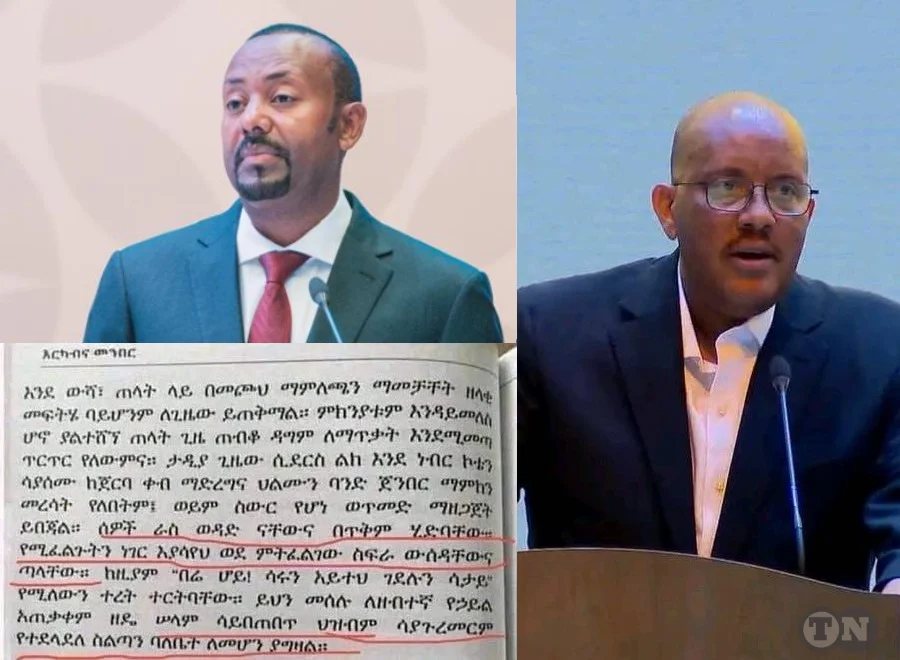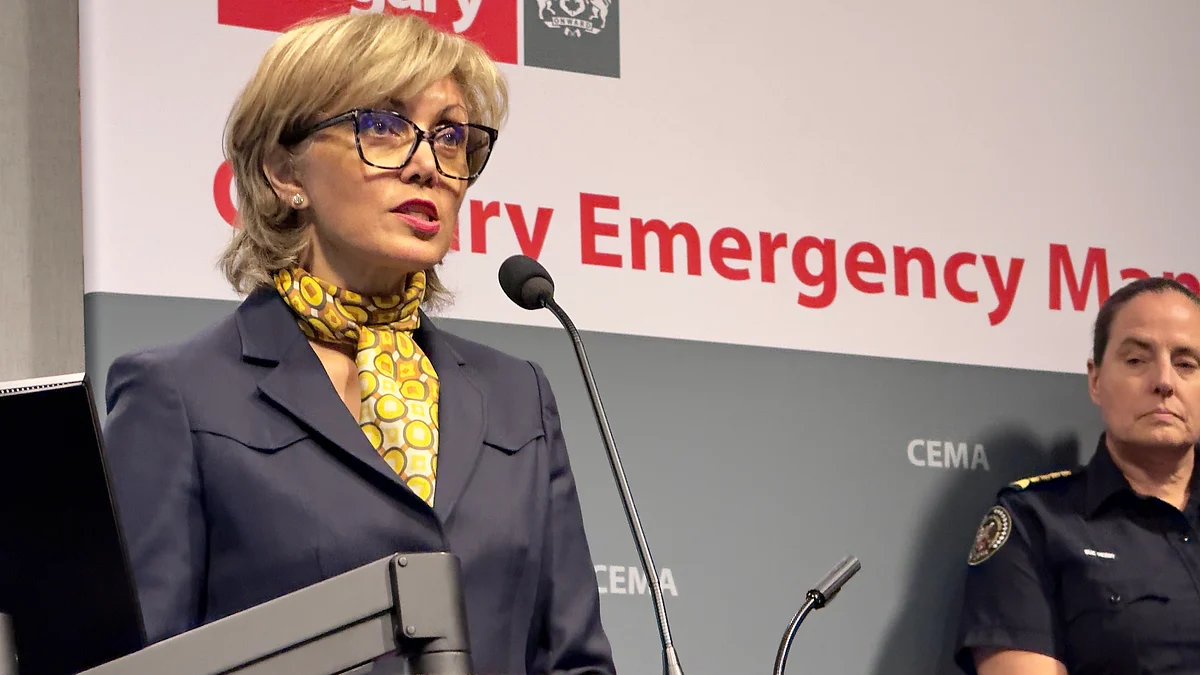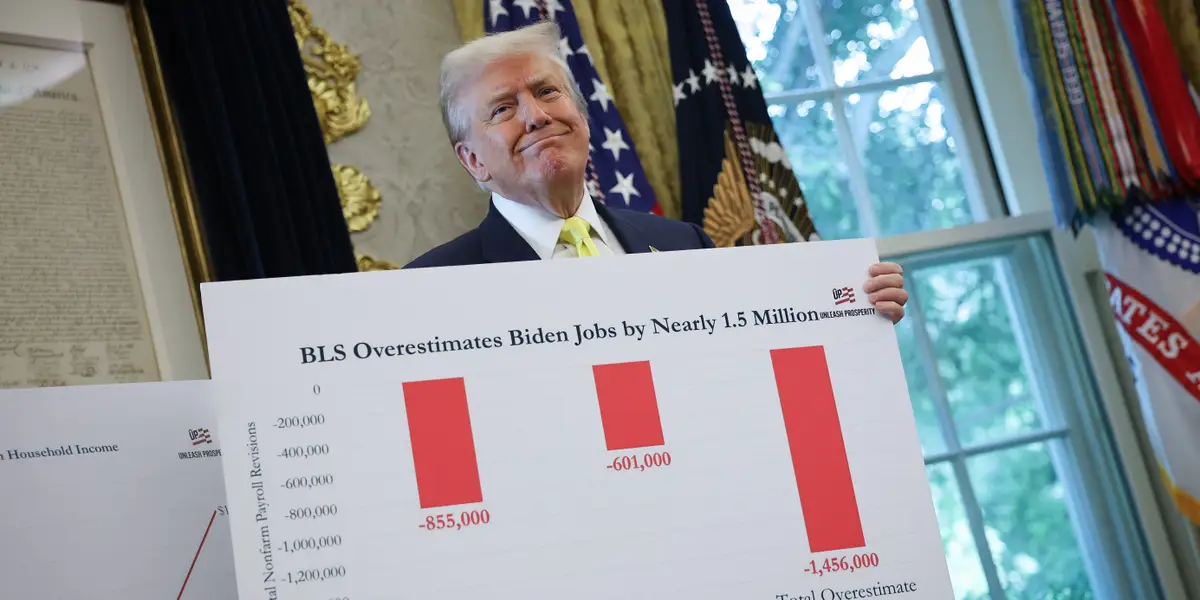By The Habesha
Copyright zehabesha

Is Medemer a clear roadmap or a vague slogan? Many ask whether this “blended ideology” truly guides policy, or just mixes ideas from different traditions without a stable core. Its promise of synergy and unity sounds inspiring, but does it match Ethiopia’s realities?
Critics, from an ideological perspective, point to contradictions between rhetoric and practice—especially within ethnic federalism. They question the ideology’s coherence, the effectiveness of its policies, and even authorship claims linked to Abiy Ahmed, including the possibility of ghostwriting. Beyond branding and speeches, people want measurable change, not ambiguity. This review will unpack the narrative, test the claims, and examine outcomes against intent—so readers can judge whether the framework delivers or merely repackages old ideas in a new name: Medemer.
Definition and Conceptual Foundation
Medemer ideology is a concept that centers on the idea of synergy, cooperation, and unity. The word “Medemer” comes from the Amharic language and means “to add” or “coming together.” At its heart, Medemer teaches that building a better society requires every individual, group, and community to pool their resources, ideas, and strengths for a common goal. The ideology suggests that by focusing on what unites people, rather than what divides them, Ethiopia can achieve sustainable development and peace.
Medemer is often described as a practical philosophy that encourages compromise, inclusion, and democratic discussion. The foundation of Medemer calls for people to listen to each other, to respect diversity, and to avoid extremes. This conceptual foundation places collective advancement over narrow individual or group interests. In short, Medemer is about “adding up” Ethiopia’s diversity for the common good.
Historical Context and Emergence
Medemer ideology first emerged in Ethiopia in the late 2010s, especially after Abiy Ahmed became Prime Minister in 2018. The country was at a crossroads: many Ethiopians were weary from years of ethnic strife, political repression, and a lack of democratic space. Ethiopia’s system of ethnic federalism had both empowered groups and created new tensions.
Into this uncertain context, Abiy Ahmed introduced Medemer as a new national direction. He framed Medemer as a way to overcome old divisions and bring about a season of reconciliation. The ideology quickly became associated with efforts to end political hostilities, broaden the government’s base, and create a sense of collective national ownership over Ethiopia’s future.
Medemer’s arrival also coincided with changes in government policy, promises of political liberalization, and new hope for national unity. It was presented as both a healing philosophy and a tool for modernization.
Influences from Liberalism, Socialism, Conservatism, and Fascism
Medemer ideology draws inspiration from several political traditions. From liberalism, it borrows the idea of individual rights and open discussion. Medemer encourages free dialogue and participation, values associated with liberal thinking.
From socialism, Medemer takes the belief in social justice, cooperation, and lifting up the disadvantaged. The idea that Ethiopia must work collectively to ensure everyone shares in progress is an echo of socialist principles.
Conservatism’s influence comes in the form of respect for tradition, culture, and social stability. Medemer values Ethiopia’s history and cultural roots and warns against rapid, careless change.
While some critics note that Medemer also appears to borrow some ideas from authoritarian or even fascist systems, such as emphasizing unity and suppressing disorder, the ideology is officially presented as a peaceful and inclusive approach. However, this mix means that Medemer can be seen as flexible, or even contradictory at times.
Contrast with Previous Ethiopian Ideologies
Compared to previous Ethiopian ideologies—such as revolutionary Marxism of the Derg era, strict ethnic federalism under EPRDF, or imperial centralism—Medemer stands out as a call for “addition” instead of division or subtraction. Previous systems often focused on either centralizing power or dividing it strictly along ethnic lines.
Medemer rejects both the full centralization of power and the extreme fragmentation that comes from exclusive ethnic politics. Instead, it proposes a “middle way,” blending elements from many traditions. This makes it different from the confrontational and rigid ideologies of the past.
Unlike the revolutionary and often violent approaches of earlier regimes, Medemer is marketed as a peaceful, reformist, and inclusive approach. Its flexibility is both its strength and a frequent point of criticism, as some say it lacks clear direction or ideological discipline. Still, for supporters, the contrast is clear: Medemer is supposed to add together Ethiopia’s best qualities for a shared future.
Vision for National Unity and Synergy
The vision for national unity and synergy is one of the most important promises of Medemer. Medemer, which translates to “synergy” or “coming together” in Amharic, was introduced as a unifying ideology that seeks to bring Ethiopians together across political and ethnic divides. The core idea is that through synergy—by adding the strengths of every citizen and group—Ethiopia can become stronger and more stable. Medemer proposes a model where all Ethiopians contribute their best qualities, and this collective strength will drive the nation forward. The promise of national unity is a direct answer to the historical challenges of fragmentation, mistrust, and conflict in Ethiopia.
Hopes for Ethnic Harmony and Integration
Hopes for ethnic harmony and integration are also central to the aspirations of Medemer. The ideology claims to offer a solution to the longstanding ethnic tensions that have shaped Ethiopian politics, especially since the introduction of ethnic federalism. Medemer argues for a more inclusive national identity that does not ignore ethnic differences but rather seeks to integrate them into a richer, more harmonious society. It promotes the idea that all ethnic groups can maintain their cultures and languages while participating equally in the nation’s public life. By encouraging dialogue, understanding, and cooperation between different communities, Medemer aims to lay the foundation for true ethnic integration and peace.
Economic and Political Reforms Promised
The economic and political reforms promised under Medemer were seen as bold and transformative. Medemer was introduced with the claim that Ethiopia desperately needs faster economic growth, more equitable opportunities, and a political system that genuinely works for everyone. The Medemer government said it would pursue economic reforms such as privatizing state-owned enterprises, boosting investment, and modernizing agriculture and industry. On the political side, it promised to improve democracy, allow more freedom, and create fair competition among political parties. The idea was to move away from old habits of exclusion and centralization, to a system based on cooperation and collective progress.
Medemer as a Tool for Peace and Inclusivity
Medemer as a tool for peace and inclusivity is another critical part of its promise. Leaders supporting Medemer have said, time and again, that the ideology is designed to stop conflict and exclusion in Ethiopia. Medemer promotes listening, compromise, and consensus-building to resolve disputes—whether at the local, ethnic, or national level. It tries to replace the politics of division and violence with the politics of working together. By putting peace and inclusivity at the heart of its message, Medemer intends to make every Ethiopian feel like they are part of the nation, regardless of their background, political opinion, or social status. This, in theory, should help prevent future conflicts and foster long-lasting stability throughout the country.
Governance and Political Structures under Medemer
Governance and political structures under Medemer were expected to be different from the systems that came before. However, in practice, the Medemer approach mainly kept older political arrangements. Prime Minister Abiy Ahmed’s government promised to build synergy and inclusivity, but the main features of the Ethiopian state, like ethnic-based federalism, continued. Medemer was supposed to put unity above division, but political realities often limited how much change actually happened.
The political structure remained deeply influenced by ethnic representation. Political power was still organized along ethnic lines, especially at the regional level. While the central government talked about merging old ruling parties and creating a more unified Prosperity Party, critics argue that the political logic stayed mostly the same. Political appointments, resource sharing, and even security forces usually followed the ethnic divisions set up before Medemer.
Persistence of Ethnic Federalism
Persistence of ethnic federalism under Medemer has been one of the strongest criticisms. Although the ideology encouraged unity and synergy, Ethiopia’s ethnic federal system largely remained intact. Each regional state was still defined by a primary ethnic group, with its own government and constitution. The hopes for a new, post-ethnic political order were not fully realized.
Some Medemer policies, like mixing party officials from different groups, tried to show progress. But in most cases, ethnic loyalties still shaped politics, elections, and administration. The federal structure continued to feed both hope for self-rule and the risk of division. Many observers say Medemer did little to change the core of ethnic federalism, which stayed at the heart of Ethiopia’s political crisis.
Social and Economic Outcomes
Social and economic outcomes under Medemer have been mixed and controversial. Supporters of the ideology claim that Medemer created a more open business climate. There were some reforms to encourage investment and market growth. The government tried to privatize some state-owned enterprises and spent heavily on infrastructure. However, many Ethiopians did not see a big improvement in daily life.
Economic challenges worsened due to political uncertainty and conflict in different regions. Unemployment, inflation, and cost of living problems remained high. Social progress also faced problems, as ethnic tensions sometimes led to violence, displacement, and instability. While Medemer promised unity and prosperity, millions continued to face poverty and insecurity.
Impact on Ethnic Relations and Federalism
The impact of Medemer on ethnic relations and federalism is a subject of heated debate. Medemer was introduced to lower ethnic tensions and promote national identity. But in reality, ethnic conflicts and suspicion sometimes intensified. The federal system kept giving strong powers to regions based on ethnic identity, causing frequent disputes over borders, resources, and power sharing.
Some believe that the Medemer ideology tried to soften strict ethnic categories. Yet, due to weak policy implementation and competing loyalties, relations between groups like the Amhara, Oromo, Tigrayans, and others sometimes became worse. In many places, federalism under Medemer did not build trust, but deepened old divisions.
Attempts at National Reconciliation
Attempts at national reconciliation were one of the key goals of Medemer. Abiy Ahmed’s government organized peace dialogues, released some political prisoners, and called for broad-based forgiveness. There were also efforts to bring back exiled figures and include opposition groups in politics. Many hoped that Medemer’s inclusive language would heal wounds and build a shared future.
However, these national reconciliation efforts were not always successful. Ongoing conflict, especially the war in Tigray and clashes in Oromia and Benishangul-Gumuz, made it hard to create real peace. Dialogues often broke down, and acts of violence, displacement, and accusations of political repression continued. While Medemer spoke of unity, Ethiopians still wait for true reconciliation and lasting stability.
Accusations of Ambiguity and Incoherence
Accusations of ambiguity and incoherence are very common when people talk about the Medemer ideology. Many critics argue that Medemer lacks a clear and solid definition. The ideology uses broad and flexible language that makes it possible for different groups to interpret it in their own way. This has led to much confusion about what Medemer really means in practice. Because of its vague terms, people find it difficult to hold leaders accountable. The lack of detailed policy in key documents has caused some Ethiopians to see Medemer as more of a slogan instead of a real roadmap for change.
Perceived Political Opportunism
Perceived political opportunism is often discussed by those who view Medemer as a tool for politicians to gain and maintain power rather than serve the country. Critics say that the timing of Medemer’s introduction coincided with political shifts that benefited the ruling regime. The flexible and inclusive language allows leaders to attract support from different groups, even if their interests clash. Many believe this approach weakens commitments to any one group or set of values, and instead helps those in power respond quickly to changing political conditions. This has led some people to mistrust the real intentions behind Medemer’s promises.
Rhetoric versus Real Policy Change
Rhetoric versus real policy change is an important debate when looking at Medemer. The government often speaks of unity, inclusion, and cooperation. However, critics argue that these promises rarely turn into practical changes. Under Medemer, many say that the actual policies have not matched the grand language. Some ethnic tensions and political conflicts have continued or even increased. While the government talks about partnership and togetherness, real policy decisions may still favor certain groups, regions, or interests. This gap between what is said and what is done makes some people wonder whether Medemer is genuine or just political talk.
Selective Borrowing from Ideological Traditions
Selective borrowing from ideological traditions is another key critique. Supporters of Medemer claim it brings together the best of various political ideas, but critics point out that the borrowing is often incomplete or inconsistent. Medemer tries to be both liberal and socialist, conservative and progressive. However, this sometimes results in a mix that does not fully honor any tradition. Instead of creating synergy, it can create tension and contradiction within the country’s laws and institutions. People worry that this approach allows the leadership to pick and choose ideas based on what works best for them in the moment, rather than sticking to a strong philosophy.
Instrumentalization of Religion and Morality
Instrumentalization of religion and morality has also been observed under the Medemer framework. The ideology sometimes uses religious language or moral appeals to gain public support and give its programs greater legitimacy. This can be seen in government speeches or campaign materials that draw heavily from religious concepts, especially when trying to reach Ethiopia’s diverse population. Critics argue that this use of religion is more about persuasion than true faith, and can even deepen existing divisions if different religious groups feel they are being manipulated. By tying ideology closely to religion, Medemer sometimes risks alienating those who want a more secular or inclusive approach to governance.
Abiy Ahmed’s Role as Ideologue and Author
Abiy Ahmed’s role as the driving force behind Medemer is central to its story. As Prime Minister of Ethiopia, Abiy has positioned himself as both the chief ideologue and author of the Medemer philosophy. He publicly presented Medemer as his original work, publishing books and delivering speeches to explain its principles. Many supporters highlight his personal vision, energy, and ambition for creating an Ethiopian ideology meant to bring the country together. Abiy Ahmed often frames Medemer as a new way forward, distinct from past failures by previous leaders. His face, signature, and voice are strongly associated with every major Medemer publication and policy.
Debates around Ghostwriting and Public Trust
Ghostwriting controversies have swirled around the Medemer books and Abiy Ahmed’s authorship. There are claims that some of the Medemer books, including key essays and translations, were largely produced by teams of advisers, writers, and translators. This has led to questions about the true authorship of Medemer and its philosophical depth. Critics argue that an apparent lack of transparency erodes public trust, as citizens expect genuine leadership, not manufactured or staged political messaging. Supporters, however, defend the collaborative process, pointing out that all major works need editing and support. Nevertheless, the debate over ghostwriting continues to affect how people judge the sincerity and originality of Medemer’s message.
The Political Purpose of Medemer Publications
Medemer publications were created for more than just intellectual debate. Their political purpose is to promote Abiy Ahmed’s vision and legitimize his government’s reforms. These books and speeches were widely distributed to officials, students, and international audiences, crafting a narrative that Abiy’s rule is based on new, inclusive ideals. Many believe Medemer is used as a tool for soft power, helping to brand the regime as innovative, peaceful, and conciliatory—especially after decades of strife and distrust. Some critics claim that this is less about philosophy and more about boosting the Prime Minister’s image during moments of political crisis.
Public Reception and Skepticism
Reception of Medemer in Ethiopia is highly mixed. Some people, especially supporters within the ruling party and urban elites, praise Abiy Ahmed’s message of unity and hope. They see Medemer as a refreshing break from the divisive politics of the past. However, there is also widespread skepticism. Many citizens feel that Medemer is more rhetoric than reality, especially as violence, displacement, and ethnic tensions continue. Intellectuals question whether the ideology provides clear answers to Ethiopia’s deep problems. Others argue that the fanfare surrounding Medemer is a distraction from unpopular policies and unrest. As a result, public reactions range from hope and cautious optimism to suspicion and even outright cynicism.
War, Conflict, and Human Rights Violations
War, conflict, and human rights violations have sadly become key features of Ethiopia’s recent political reality under the Medemer ideology. Instead of the promised unity, Ethiopia saw a bloody civil war, especially in the Tigray region. Reports from sources such as the United Nations and Human Rights Watch describe widespread abuses, including extrajudicial killings, torture, and sexual violence. Many people feel that Medemer’s messages of togetherness did not stop the government and its opponents from using deadly force. Human rights organizations have repeatedly called for independent investigations as both state and non-state actors have been accused of grave abuses. The hope for peace turned into a struggle for survival for millions.
Patterns of Displacement, Starvation, and Discrimination
Patterns of displacement, starvation, and discrimination have left deep scars across the country. Under Medemer, Ethiopia saw one of the world’s largest internal displacement crises, with millions fleeing violence in Tigray, Amhara, Oromia, and elsewhere. Many people have suffered forced evictions and lost their property. Starvation and food insecurity became critical issues, with some areas experiencing famine-like conditions due to ongoing conflict and blocked aid. Reports from the World Food Programme and international aid groups show that ethnic-based targeting has made access to food and support even harder for many communities. Discrimination is often felt along ethnic lines, undermining promises of inclusion and fairness.
Allegations of Nepotism, Oppression, and Genocide
Allegations of nepotism, oppression, and genocide have haunted the Medemer era. Critics often accuse the government of favoring certain groups or individuals close to those in power. Job opportunities, resources, and protections are said to be allocated based on connections rather than merit, according to watchdogs. Oppression is reported in the form of silencing dissent, jailing journalists, and crushing opposition parties. The most serious charge is genocide, with some activists and international observers saying mass killings, especially in Tigray and Amhara, could meet the definition under international law. The government strongly denies these claims, yet independent investigations and court cases continue to raise concerns worldwide.
Impact on Ethiopian Orthodox Church and the Amhara
Impact on the Ethiopian Orthodox Church and the Amhara people has been significant under Medemer. The Church, historically a pillar of Ethiopian identity, faced internal splits and pressure from both government policies and local unrest. In some cases, church leaders were harassed or sidelined when their voices didn’t support state messaging. The Amhara community, often at the center of Ethiopia’s political debates, suffered waves of violence, displacement, and targeted attacks. Many feel the promises of Medemer fell short, leaving their safety and rights unprotected. For both the Church and the Amhara, these years have been marked by loss, uncertainty, and profound challenges to their traditional roles in society.
Evaluation of Successes and Failures
Medemer’s legacy in Ethiopia is a subject of much debate. Supporters argue that Medemer was an ambitious project that tried to bring unity and synergy to a divided country. Some successes can be seen in the initial excitement it generated around national dialogue and peace. The early days saw hope for reduced political violence and more open discussions between groups. Many people appreciated the language of cooperation, inclusivity, and moving past old divisions.
However, many of these successes were short-lived. Medemer failed to bring lasting stability to Ethiopia. Conflicts erupted in various regions, most tragically in the Tigray war, causing immense human suffering. The promises of unity clashed with continued ethnic tensions and outbreaks of violence. Some critics say that Medemer became just a slogan, used to mask old politics and suppress dissent. The hoped-for economic growth was also checked by war, instability, and lack of real reform. In daily life, many Ethiopians did not see much change or improvement. In summary, while Medemer provided a fresh vision, its implementation fell far short of its grand goals.
Prospects for Reform and Policy Adjustment
Prospects for real reform under Medemer remain uncertain. Some observers argue that for Medemer to have a future, it needs to be clarified and turned into concrete policies. Policy adjustment is needed in the way Ethiopia manages its ethnic federalism, handles political opposition, and promotes economic inclusion. Experts often suggest strengthening national institutions, guaranteeing human rights, and encouraging open dialogue without fear of repression.
Political leaders may still use Medemer as a rallying cry, but its credibility depends on delivering practical benefits to ordinary Ethiopians. Future reforms could include making local governments more representative, investing in education and employment, and ensuring fair treatment across all regions and groups. For Medemer to regain momentum, the government must listen honestly to critics, stop abuses, and foster genuine trust. If reforms only serve the powerful, the hopes tied to Medemer will disappear completely. But if leaders can adjust and learn from past failures, Medemer could play a role in a better Ethiopian future.
Lasting Effects on Political Discourse in Ethiopia
Medemer has left a mark on Ethiopian political discourse, even if its success in practice is doubtful. The language of unity, collaboration, and synergy has become part of how politicians speak, for better or for worse. It set a new standard, at least in theory, for aiming beyond old divisions and violence. Many activists, youth, and intellectuals still refer to Medemer when calling for a different approach to solving national problems.
However, Medemer has also become a symbol of frustration for those who feel betrayed by broken promises. Critics use it as an example of how political slogans can fail when not followed by action. The experience of Medemer has made many Ethiopians more careful about political messaging. As Ethiopia moves forward, the debates sparked by Medemer—about unity, diversity, democracy, and inclusion—will continue to shape the country’s political landscape. Whether as inspiration or cautionary tale, Medemer is now part of the conversation about Ethiopia’s future.



